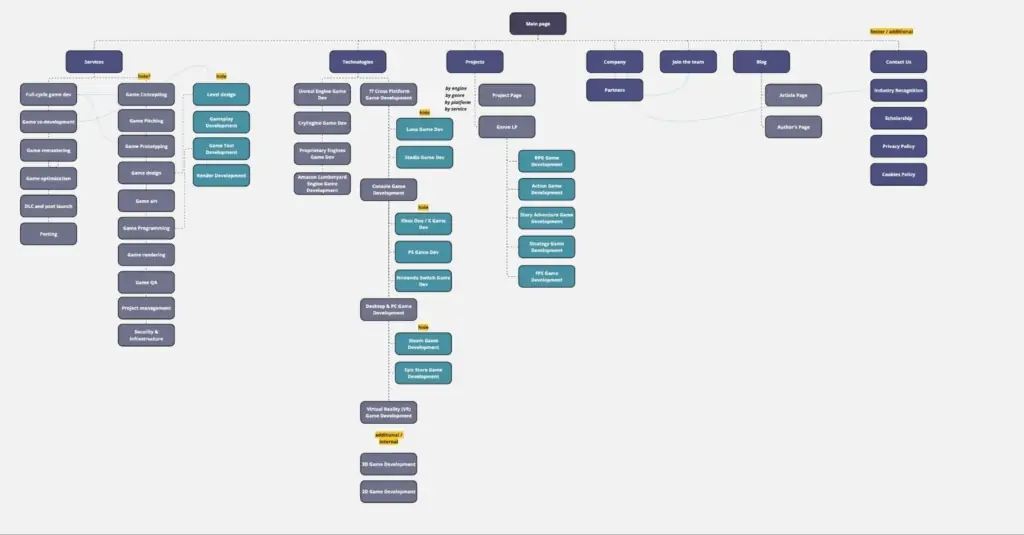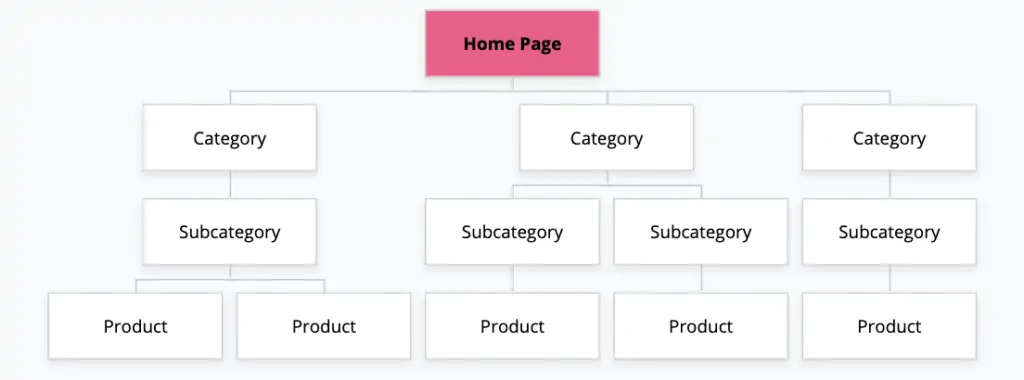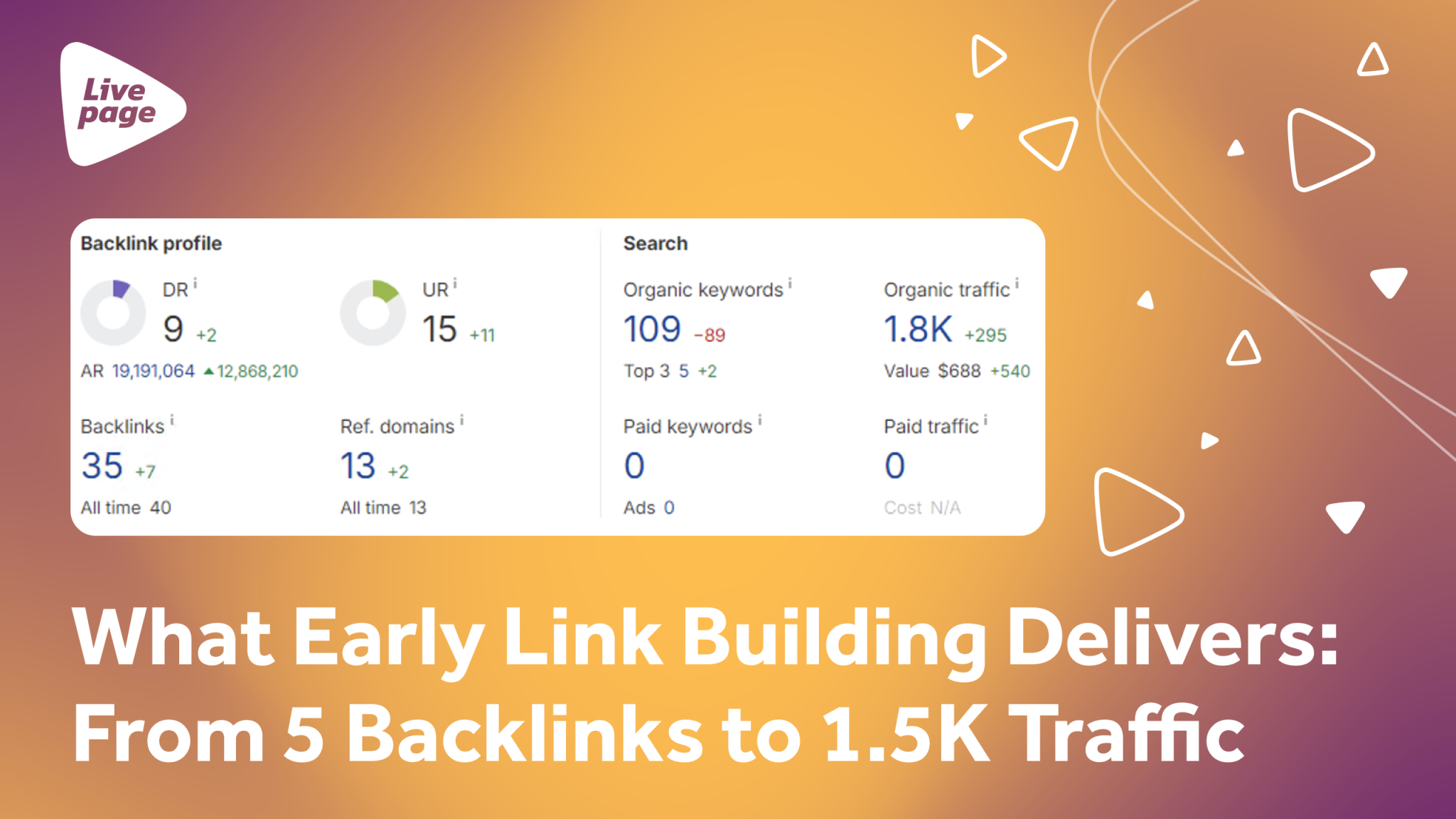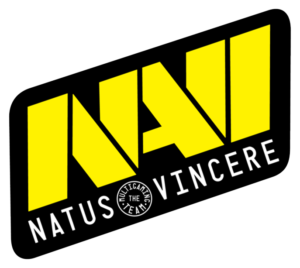
The Importance of SEO Website Structure for High Rankings

Whether you are going to create a website or already have one, understanding website structure and why it plays an important role in SEO optimization is essential for everyone who wants their website to rank in the top positions in search results.
In this guide, we will find out what a website structure is, how it affects search engine optimization, what you need to do to build it correctly, and what common mistakes you should avoid.
What is Website Architecture in SEO?
A website architecture is a hierarchical structure of its components: categories, subcategories, product pages, blog articles, service pages, etc.

The correct site architecture in SEO is important not only for good indexing and ranking but also affects usability and how your website will be perceived by your potential clients and buyers.
A good website structure should perform several functions:
- cluster content on the website and organize these clusters into a logical structure;
- highlight the most important pages;
- ensure user-friendly website navigation;
- ensure the convenience of conversion action.
The Importance of Website Structure for SEO
How well you work out the internal structure of your website directly affects both crawlers (search engine bots that crawl websites) and your visitors.
Bots
To properly index all website pages, a crawler needs to find them first. How well you build your structure depends on whether a bot can access all your website’s pages.
Google uses internal links to find new website pages to assess their importance. For example, a page of the main category will have a higher importance for the search engine than a page of its subcategory.
All the pages that are lower in the hierarchy will pass on their weight to those that rank higher.
In addition, a logical website architecture saves the crawling budget (i.e., the number of pages a bot can crawl in a certain time spent on the website). A properly organized system of internal links allows the bot to crawl more pages in one session.
Users
According to a survey by the global platform Clutch, which identifies market leaders in various business areas, 94% of people consider easy navigation to be the main advantage of a website.
This figure outstripped even product descriptions (91%), visuals of products and services (91%), and good design (83%) in terms of importance.
Easy navigation helps users find the information they need faster. The faster a user can find everything they are interested in, the more likely they are to stay on the website longer and not go back to searching. It also increases the chances of getting a conversion.
We would like to note that user- and SEO-friendly website structure does not mean it should consist of 5-7 pages. The most important thing in building the correct architecture is logic.
Thus, the correct SEO structure of a website:
- helps bots to find and index all the pages of your website;
- participates in the correct distribution of internal page weight;
- improves usability and helps users find the information they need faster.
It’s worth noting that a good website structure also allows you to get more traffic to your website. The website should have as many entry points for potential clients as possible. It is impossible to place all the keys on one page and expect your search engine rankings to grow. By properly designing the website structure and placing the keys on relevant pages (those that match the user’s query), you can get more traffic and better positions in the search results.
When Do You Need to Create Website Structure?
Developing a website structure can be relevant in two cases: at the stage of website development and the stage of website optimization.
It is much better to create a website structure during its development, as this will allow you to provide all the necessary functionality from the beginning, rather than doing site structure optimization and fixing existing errors.
At the stage of website optimization, working with the structure makes sense when:
- website has an illogical structure that is difficult for users to understand;
- website has duplicates that interfere with crawling and indexing;
- URL structure has too many nesting levels, which prevents bots from indexing pages.
What Pages Should Always be Included in Website Structure?
When developing the website structure, you should include:
- homepage;
- categories and subcategories (both for goods and services);
- filter pages (for products);
- cases, industries, portfolios, etc.;
- additional service pages (About Us, Contacts, Blog, Jobs, Testimonials, etc.).
If your website has several language versions, you should take this into account when creating the structure.
Types of Website Architecture
There are three main types of how you can structure a website: hierarchical, linear, and webbed. They all have their share of advantages and disadvantages. To decide which one suits your project better, let’s analyze each.
Hierarchical
The hierarchical, or tree structure, as it is often called, is the most popular type of website page organization. The logic behind it is to arrange all pages according to their importance, moving from the most important to the least important. This structure implies that one category is nested within another, with a separate branch for each service/product.

The main advantage of this type of structure is that it helps users better navigate the website and allows them to quickly find the necessary information. Moreover, the hierarchical structure is also well perceived by crawlers since it correctly clusters all the services/products of the company and places them in groups depending on their importance.
Perfect for: online stores and service websites.
Linear
The linear structure is quite easy to build, as it involves creating pages that follow each other and have no content separation into levels.

It looks like one page to the user, but when you move to the next block, the URL changes, which shows the search bot that you have moved to another website page.
The advantage of this structure is that it allows you to “guide” the client through each stage of the sales funnel, increasing the chances of getting a conversion at the end. In addition, it allows you to focus on one service or product and provide the user with more information related to it. However, this model is not suitable for SEO promotion.
Perfect for: small startups or product companies that provide only one service/product.
Webbed
The webbed model implies the presence of website pages that are equivalent and link to each other. Since all pages are interconnected, this structure is often called a network or a web.

The main feature of this structure is that it allows you to evenly distribute the link weight, which has a good effect on website crawling and indexing. In addition, the simple structure allows the client to easily navigate from one page to another because they are all interconnected through internal linking.
Perfect for: information websites and directories that do not have many pages.
6 Tips for SEO-Optimized Website Architecture
When creating your website structure or optimizing an existing one, you should focus not only on making it compliant with the requirements of search engines but also on making it convenient and understandable for users.
Use the minimum nesting level
The nesting level means how many clicks a user has to make to get to a particular page. The optimal nesting depth for any project is 2-3 levels. The deeper the URL is in the website structure, the worse its indexing is and the less weight it will have in the rankings. Each level is counted with a slash “/”. For example, https://site.com/category/subcategory/product is the third nesting level, which is optimal for users and crawlers.
NB: For large e-commerce projects, placing products on the first nesting level is better: https://site.com/product-page. Unfortunately, the ability to create product cards at the first nesting level depends on the features of the CMS system since not all of them allow you to do this. As a rule, to add a product to your website, you first need to create a category to which its components will be added later. For example, Shopify, the most popular CMS system on the American market, works on this principle.
Google emphasizes the importance of the nesting level for URLs. Google’s Head of Search Analytics, John Mueller, said that the lower the nesting level of a page, the more weight it will have in the rankings.
Make your URLs user-friendly
Apart from the fact that URLs should have at most three nesting levels, there is another requirement for their form that should not be ignored. URLs on your website should be user-friendly. This means that they should be short and understandable for the user.


In the first variant, the link has the fourth nesting level, which has a bad effect on indexing. At the same time, it will be unclear to the user where they are because the URL contains only numbers and letters instead of the names of categories and subcategories.
The second variant is an example of a well-optimized URL. It has a second level of nesting, which adds weight to the page in the rankings, and it has clear category names, which make it user-friendly when combined.
Use clear names
The best site structure for SEO must have all sections and subsections on the website with names that are understandable to the user. You should not use specific slang or very narrow terminology (the latter is possible in some business areas, but it is still better to give preference to well-known analogs).
It is also important that the section name corresponds to its content. Avoid naming the category with general phrases. In our practice, there was a case when an online store named one of the categories on its website “Children’s”. As you can imagine, it was difficult for both users and Google to guess what was in this category.
Add breadcrumbs
Breadcrumbs are a navigation aid that not only makes life easier for your clients by letting them know where they are and quickly return to any previous page in the chain but also serves as an important ranking factor.

Users don’t always come to your website from the homepage or the category page. Sometimes, they go straight to a specific service or product. In this case, breadcrumbs help the user understand which category they are in.
Breadcrumbs are also displayed in the snippet:

One product = one category
This applies exclusively to online stores. When adding products to your website, you need to keep in mind that each product can be assigned to only one category.
For example, if you add sunscreen to your website, it will be in the main category called “Sunscreen.” But how do you show that it can be in other product categories? Like the “Organic Cosmetics” or “Face Products” sections? Just use tags. This will help you avoid duplicate products when the same product is available at different URLs:
- https://site.net/category-1/product-1/
- https://site.net/category-2/product-1/
Duplicate products can lead to several problems that will negatively affect the indexing and ranking of your website in search results:
- Duplicate products result in faster consumption of your crawling budget. The bot will go after duplicates and crawl them instead of crawling unique and important pages.
- The pages will be ranked worse. When a search engine sees two pages with identical content, it cannot choose which page to show to the user, which results in a lower ranking for both.
Use a simple directory system
When building your SEO site structure, you need to systematize the directories on your website for user-friendly navigation. You shouldn’t create multi-level subdirectory structures because it will be difficult for users to find what they want. In addition, it will worsen website crawling and indexing. The optimal structure should look like this:
Category > subcategory > product
Top Mistakes to Avoid For a Site Structure
Below, we will consider the most common mistakes when creating the best website structure for SEO.
Orphan pages
Orphan pages are pages that do not have any internal links. You can access them only if you know the direct address, so such pages are not crawled or indexed by Googlebot. Orphan pages usually appear due to poorly thought-out internal linking or mistakes made during the website migration.
Separate catalog page
This mistake is especially relevant for online stores. When you plan your website structure, you should keep in mind that you do not need to create a separate page for the “Catalog”:

You most likely won’t be able to find any keywords for the “Catalog” page other than those that will be used to rank the homepage. And it will add another level of nesting to the URL structure. It is better to approach creating the structure by starting with the “Categories”:

Empty or small categories
If you are adding a new group of products to your website, but there are not enough items to create a separate category, then you should not do so. The same applies to creating “future-proof” categories when they are added to the website before the products are available.
When a client navigates to the website through such a category, they will get the impression that the entire website assortment is the same dull and small. The likelihood that they will stay on the website is very low, which means that this will negatively affect the behavioral factors and worsen the ranking of your website.
In this case, it is better to distribute new products among the existing sections. Please note that the most common mistake when distributing products on a website is to create an “Other” category or a similar one that acts as a “dumpster” for products not included in other website categories. The presence of such “dumpster” categories on the website is a sign of an improper website structure.
Wrapping Up
Understanding how to optimize your site structure for SEO is a very important factor that affects the crawling, indexing, and ranking of your website in the search engine. Not only the usability of your website but also the positions it will occupy in the search results depend on how well you build the structure. If you want to protect yourself from mistakes when creating a new website or don’t want to spend time looking for how to plan a website structure for an existing one, entrust this matter to the Livepage team of experts, and choose it as your white label SEO partner. We will help you create the correct website architecture and rank high in the SERP. Contact us today and get quality advice from our SEO services specialists.



















